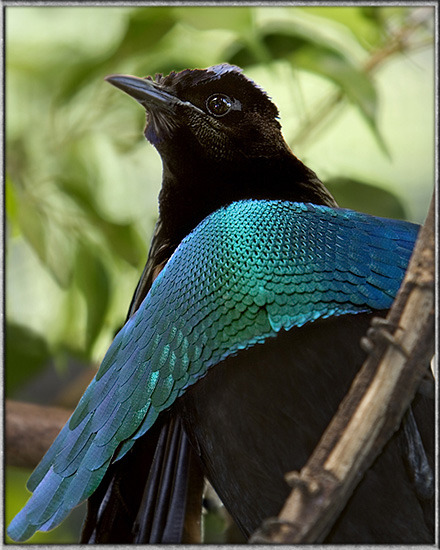Tuesday, May 7, 2013
NEW CAMERA
Peter's Feeders just got a new camera so watch out! Get ready for birding pics galore. Here are a couple of birds we captured today. Check back for more pictures as we will be taking full advantage of the summer bird variety!
Monday, May 6, 2013
THEY'RE BACK!
We just had our first Baltimore Oriole arrive at our feeding station. For those living in the Midwestern United States that means it is definitely time to get your hummingbird and oriole feeders up. To have the best chance of attracting them to your yard this spring and summer put your feeders out in early May. If you entice them with an easy food supply they will be much more likely to nest in your area and continue visiting all through the spring and summer months. Orioles and hummers are creatures of habit so once they establish themselves in your yard they will be much more likely to return year after year! Here is the oriole we spotted this morning. Hooray for spring colors!
IT'S A PETER'S FEEDERS FIRST!
We have had our first sighting of a Rufous-sided Towhee! In over 30 years of feeding birds we have never seen one in our yard until this year. Two of them have been hanging around the feeders this past week and I finally managed to capture a good shot of one today. Very exceptional looking birds!
Thursday, April 25, 2013
PURPLE FINCH
Here is the newest guest on our feeders. This male Purple Finch along with his mate have been frequenting our feeding station. We are loving the new bird variety!
Monday, February 25, 2013
Superb Bird of Paradise
Amazing, amazing bird! If you have a few minutes; watch this video. The bird's transformation is remarkable and the narrator breaks down exactly how the illusion is achieved. Gotta love nature!
www.petersfeeders.com
www.petersfeeders.com
Wednesday, February 6, 2013
New Visitors
It's amazing that even after 30+ years of bird feeding it is still exciting to see a new or unknown bird at the feeders!
Today we had a surprise visit from a group of 4 Red Crossbills. Two males and two females. We are in Northwestern Wisconsin and it was our first time seeing them. They are a little larger than a sparrow, with a short tail, and have that distinguishing feature: a crossed bill. But it was the plumage that really made them stand out.
The females in the group were a rich olive green. The feathers on their heads and backs were edged in black and when they bent their heads to pick up a seed a sequined pattern would appear in the feathers. The males were not a true red but more of a burnt orange. Especially against the eternal white of winter these birds added a welcomed splash of color.
Red Crossbills are very adaptable birds. They range over much of the US and Canada and their body size, color, and beak length all change depending on their location. The crossed bill is essential for removing seeds from conifer cones which are the main food source for these birds. If food is plentiful Red Crossbills will breed at almost any time and it is not uncommon for them to hatch eggs throughout the winter.
Here is a short video of the Red Crossbills at our bird feeders this morning. We hope to see them again soon!
For more info check out http://www.allaboutbirds.org/guide/Red_Crossbill/id
www.petersfeeders.com
Today we had a surprise visit from a group of 4 Red Crossbills. Two males and two females. We are in Northwestern Wisconsin and it was our first time seeing them. They are a little larger than a sparrow, with a short tail, and have that distinguishing feature: a crossed bill. But it was the plumage that really made them stand out.
The females in the group were a rich olive green. The feathers on their heads and backs were edged in black and when they bent their heads to pick up a seed a sequined pattern would appear in the feathers. The males were not a true red but more of a burnt orange. Especially against the eternal white of winter these birds added a welcomed splash of color.
Red Crossbills are very adaptable birds. They range over much of the US and Canada and their body size, color, and beak length all change depending on their location. The crossed bill is essential for removing seeds from conifer cones which are the main food source for these birds. If food is plentiful Red Crossbills will breed at almost any time and it is not uncommon for them to hatch eggs throughout the winter.
Here is a short video of the Red Crossbills at our bird feeders this morning. We hope to see them again soon!
For more info check out http://www.allaboutbirds.org/guide/Red_Crossbill/id
www.petersfeeders.com
Tuesday, February 5, 2013
A Bird Lover's Photography
Jackie Wollner is an amateur photographer and wildlife rehabber. Take a look at some of the fabulous images she has captured. Her photos really show a tenderness for the fragility of young birds. Love it!
Subscribe to:
Posts (Atom)






